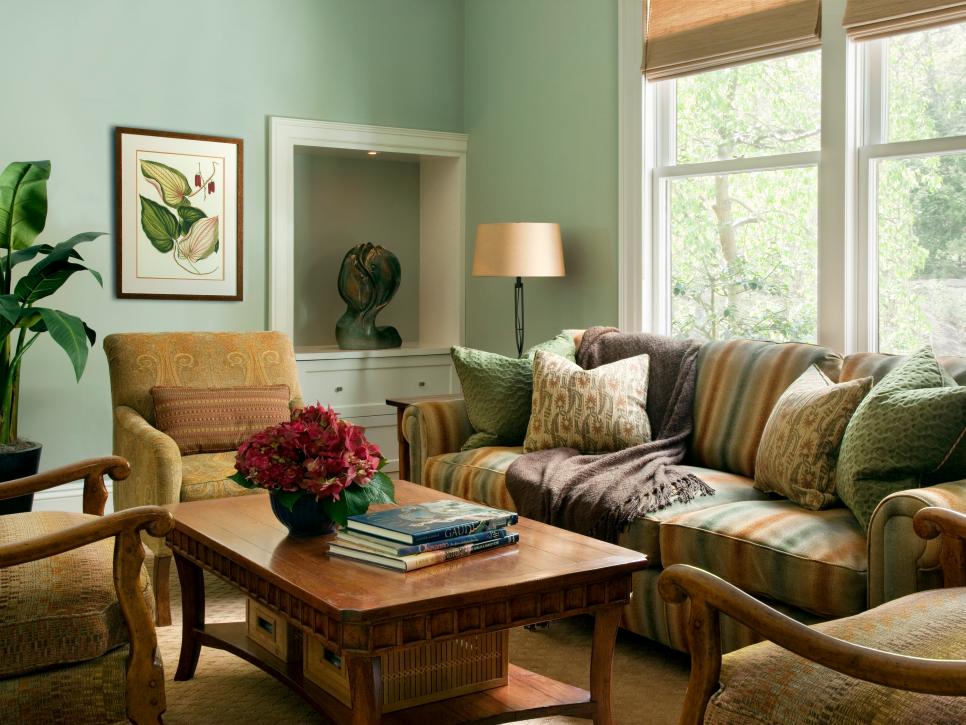It can be difficult to keep your living room looking fresh. After a while, you may start to feel like your furniture is in a rut. Rearranging your furniture is a great way to give your living room a new look without making any big changes. Plus, it can be a fun project!
Seating is a great place to start. Arranging some elegant statement armchairs around a coffee table can create a completely different vibe in your living room.
If you have a lot of large furniture, try floating your sofa in the middle of the room. This will make your space feel more open and airy.
Still not sure where to start? Check out these tips for rearranging your living room furniture:
Table of Contents
1. Arrange Your Furniture Around A Focal Point
When you walk into a room, your eye is naturally drawn to the area with the most visual interest. This is called the “focal point.” Common focal points in living rooms include fireplaces, televisions, and large windows.
Arranging your furniture around your room’s focal point will create a natural flow and help you make the most of your space. The key is to keep the arrangement balanced and uncluttered. Too much furniture crowded around the focal point can make the space feel cramped and cluttered.
On the other hand, too little furniture can make the space feel unfinished. The best way to achieve a balance is to start with the largest pieces of furniture, like sofas and chairs, and then fill in with smaller pieces, like end tables and lamps.
2. Leave Enough Space For Traffic Flow
Nobody wants to squeeze past a coffee table or manoeuvre around an armchair just to get to the other side of the room. There should be enough space for people to comfortably walk around the room without having to move any furniture.
A good rule of thumb to leave at least 30 inches (76 cm) of clear walking space around furniture and other obstacles. This will ensure that people can move freely around the room without feeling cramped.
3. Create A Conversation Area
Regardless of the size of your living room, it’s important to create a conversation area when rearranging your furniture. This gives you and your guests a designated spot to relax and chat, and it can help to anchor the room.
When choosing furniture for your conversation area, look for pieces that invite people to sit down and stay awhile. A comfortable sofa or loveseat is always a good choice, but you can also consider adding an upholstered armchair or even a cosy beanbag chair.
Once you have your seating in place, be sure to provide a surface for setting drinks and snacks. A coffee table or end table is ideal, but you could also use a small ottoman or even a tray.
4. Place your TV in The Right Spot
The placement of your TV can have a big impact on your viewing experience and the aesthetic of your living room.
You’ll want to make sure that you can see the TV comfortably from wherever you’ll be sitting. In general, 9 feet (2.7 m) away from the TV is a suitable distance for most people.
Avoid placing your TV in a spot where there will be a lot of direct sunlight or artificial light. This can cause glare on the screen and make it difficult to see.
5. Hang Some Art On The Walls
Most people choose to hang art on their walls in order to add some colour or personality to their home. However, art can also have a profound effect on your mood and emotions.
Studies have shown that looking at certain types of art can help to reduce stress levels, improve focus, and even promote healing. As such, it’s important to choose the right pieces for your space.
If you’re feeling stressed, try hanging some calming abstract or nature-inspired artwork. If you’re looking to boost your energy levels, opt for something bright and cheerful. And if you need some inspiration, go for something that speaks to your soul.
6. Layer Your Lighting
Many people make the mistake of relying on a single source of light in their living room. However, this can often result in an overly bright or dim space.
The best way to achieve perfect lighting is to layer your light sources. This means having a mix of ambient, task, and accent lighting. Ambient lighting is the general illumination of the room and can be provided by overhead lights, wall sconces, or even lamps.
Task lighting is used for specific activities like reading or cooking and can be installed under cabinets or over work surfaces. Accent lighting is used to highlight certain features in the room, like artwork or architectural details.
Conclusion
Give your living room a fresh look by rearranging the furniture. Keep these six things in mind to create a functional and stylish space. With a little planning, you can easily transform your living room into a chic and inviting gathering place for family and friends.

